It’s the veggie burger that bleeds. When eaten, it tastes and feels remarkably similar in your mouth to a burger made from animal meat.
After a blaze of publicity, the US-based company behind it, Impossible Foods, is scaling up production. A new facility in California will open before the end of the year with the ability to produce four million burgers a month.
Impossible Foods founder Pat Brown explains the impact he hopes to have on our health, the future of the livestock industry and the natural environment.
You’ve said your burger is healthier for us. How?
We think we’ve made choices that have the net effect of making this better for consumers’ health than what it replaces. There are intrinsic safety issues with food from animals. You can’t make ground beef without faecal bacteria getting into it. It’s part of the process. That carries irreducible food safety hazards which we can readily avoid.
There is no cholesterol [in our burger] ... there is a significant population of people for whom it [cholesterol] has negative health consequences. There is also data suggesting that mammalian meat triggers an inflammatory response in humans that has some negative health consequences that we don’t have with our product.
Is your ultimate ambition to bring an end to the need for livestock?
The ultimate goal is to develop a way to produce all the foods we [traditionally] get from animals much more sustainably using scalable ingredients from plants and make these foods delicious, nutritious and affordable.
If we succeed completely in that there would obviously still be cows, pigs and chickens but they would not be a significant part of the food system but kept around because they are interesting creatures.
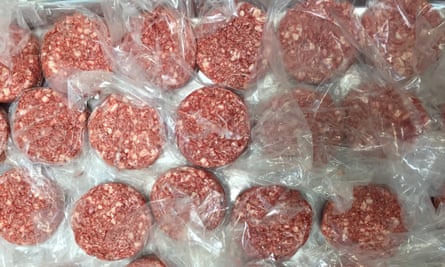
What about keeping livestock to eat grass and convert it to food we can eat?
This notion that somehow the land is going to waste if we don’t have sheep grazing on it is ludicrous. If we can produce a food with everything a consumer values using a twentieth of the land and a quarter of the water and a tiny fraction of the greenhouse gas footprint then what’s the good of turning grass into cows? Raising animals on marginal land is the biggest reason why over the past 40 years the total wild animals on earth have been cut by a factor of two.
Do you think you can replicate the success of plant-based milks, which account for 10% of milk sales in the US?
[Before becoming a vegan] I loved putting milk in my coffee and cereal, but plant-based milks don’t work for me so far. No-one is trying very hard to deliver the full experience of what consumers value from milk. We don’t want to follow the course of soya and almond milk. We’re after 100% of the market, not a niche of people avoiding meat or being health conscious.
To capture the whole market you have to deliver whatever it is that consumers value from that category of product. People have been making veggie burgers forever but not trying to make something that replicates the crave-able experience that meat lovers enjoy.
Why do you choose to genetically engineer an ingredient for your burger?
We’ve found a safer and more sustainable way to produce heme [the ingredient that gives the burger its meat-like colour and taste]. It is scalable and enables us to make an affordable product. Our customers are restaurants at the moment so they are the ones communicating to customers, not us. They are completely aware of how we make the heme protein. It is also made clear on our website.
How can you overcome consumer fears about science and food?
The fear of food science is things being done to our food that we haven’t been fully informed about and don’t understand, as opposed to science. Every food you eat is a product of science and thousands of years of people investigating what things from nature are healthy and delicious to eat and how to prepare and combine them to make something better than what you started with and more than the sum of the parts.
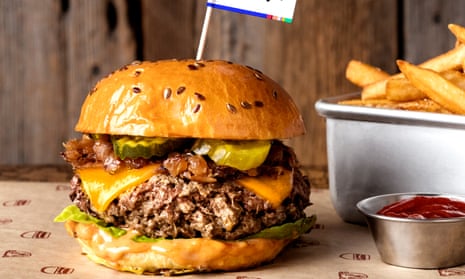



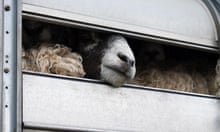

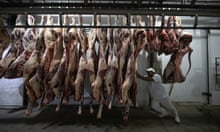

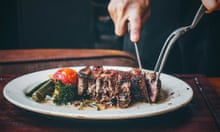

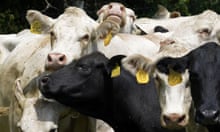
Comments (…)
Sign in or create your Guardian account to join the discussion